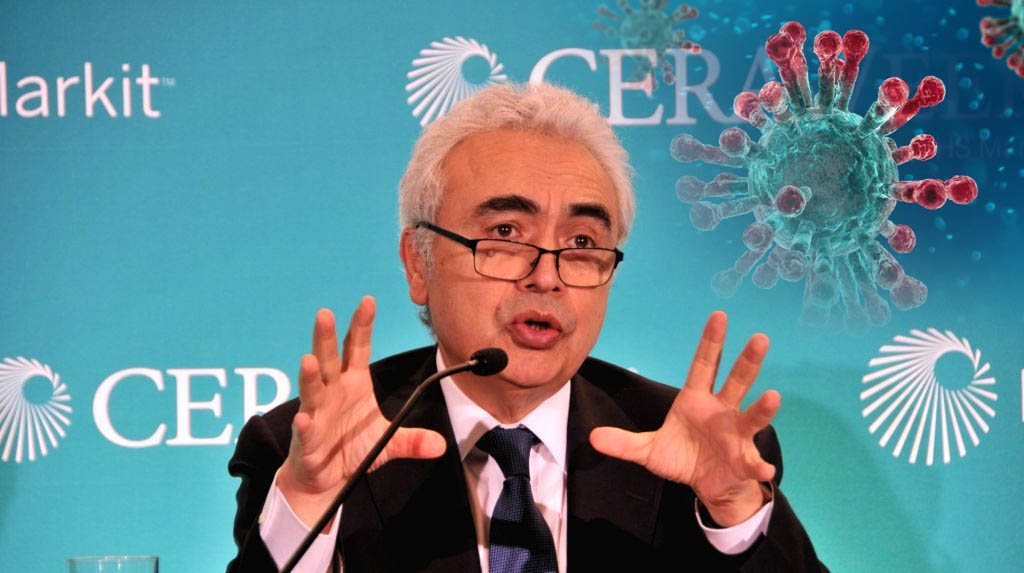Paris: Demand for oil worldwide will see a sharp decline in 2020 as the novel coronavirus continues to dampen markets, the International Energy Agency (IEA) said in a report on Monday.
“The coronavirus crisis is affecting a wide range of energy markets – including coal, gas and renewables – but its impact on oil markets is particularly severe because it is stopping people and goods from moving around, dealing a heavy blow to demand for transport fuels,” Efe news quoted Fatih Birol, IEA Executive Director, as saying in the report.
“This is especially true in China, the largest energy consumer in the world, which accounted for more than 80 percent of global oil demand growth last year. While the repercussions of the virus are spreading to other parts of the world, what happens in China will have major implications for global energy and oil markets.”
The IEA has revised its forecast for the year down by nearly 1 million barrels of oil daily.
The agency now sees demand for oil daily at 99.9 million barrels, down 90,000 barrels a day with respect to 2019.
The revised forecast sits in stark contrast to February’s projections which predicted oil demand would grow by 825,000 barrels a day in 2020.
The impact of COVID-19 on the travel sector and the economy has weighed heavily on markets, the agency said in its report.
Uncertainty means any forecasts could rapidly change as the real impact of the deadly disease on the global economy is not yet known.
This is the first time demand for oil in the IES’s central base has dropped since 2009, the report said.
Looking to the future, the IEA predicted that following the plummeting decline in 2020, oil markets would bounce back in 2021 despite the fact growth from then one will be slower as consumption of the fuel will be less with the rise of other energy alternatives.
Environmental policies aimed at curbing emissions and the rise in the use of electric vehicles will weaken the growth of gasoline and diesel between 2019 and 2020. However, the real impact of an energy transition is still uncertain.
Demand for oil between 2019 and 2025 will grow at an annual rate of some 1 million barrels a day with China and India accounting for 50 per cent of that growth, the agency said.
Non-Opec producers are expected to lead the growth in demand until 2022 when OPEC will boost production to level the market, the medium-term outlook predicted.
“We are following the situation extremely closely and will provide regular updates to our forecasts as the picture becomes clearer,” Birol said.
“The impact of the coronavirus on oil markets may be temporary. But the longer-term challenges facing the world’s suppliers are not going to go away, especially those heavily dependent on oil and gas revenues. As the IEA has repeatedly said, these producer countries need more dynamic and diversified economies in order to navigate the multiple uncertainties that we see today,” the director added.




